Are You Making These Weight Loss Mistakes?
I’ve seen too many personal training clients in Denver make these mistakes, and you may be, too. Stop spinning in place and make these changes today.
WHAT YOU’RE LOOKING AT
“Torch 800 calories in 60 minutes!” “Congratulations, you just burned 500 calories!” For some women, few things are more motivating than leaving your boot camp or hopping off of the treadmill knowing they just incinerated the caloric equivalent of a Big Mac.
However, paying too much attention to calorie-burn claims, whether on your treadmill display or health club’s website, can seriously sabotage your weight-loss progress. That’s because most fitness trackers, calorie counters, and estimates of calories burned use ridiculously inaccurate methods for measuring calorie burns, often leading you to believe that you torched way more calories than you actually did.
And if you don’t burn more calories than you eat in a given day, you’re not going to lose. You might even gain.
Denver Personal Trainer Wisdom: To strategically shave off weight, many personal training clients rely on machines to determine the calories burned. Unfortunately, as mentioned above, they depend on tools that aren’t scientifically measuring their expenditure (after all, the machines aren’t connected to them). With this being said, most people are hanging on to a delicate balance of calories and an inaccurate measure of calories out….usually a dangerous line for consistent weight loss. Your best bet is to focus on your caloric count instead of your caloric expenditure (a far more accessible and reliable measure).
BAD CALORIE MATH
For example, a new study published in the Journal of Personalized Medicine reveals popular fitness trackers, including the Apple Watch and MIO Alpha 2, can be significantly off in their calorie estimations as often as 93 percent of the time. Each fitness tracker utilizes its own proprietary algorithm to calculate calories burned, according to Stanford Medical Center, which doesn’t always jibe with the individual wearing it, researchers say.
That partly explains why your boot camp is so far off on its “burn 500 calories in 30 minutes” claim: Often, classes come up with caloric burns by simply having an instructor wear a fitness tracker during the class, Rebold says. “Then they take that information and use it to promote that exercise class they’re unfolding at their club,” he explains. The problem is, there is an insane number of intrinsic variables that will always impact how many calories you burn during a given exercise, ranging from your sex, age, weight, to your muscle mass, says Church. In other words, you won’t burn the same number of calories as your 6’2” male instructor. So don’t expect to.
Others classes, meanwhile, refer to average intensity rates from the 2011 Compendium of Physical Activities to estimate calories burned during class, says Tim Church, M.D., Ph.D., professor of preventative medicine at Pennington Biomedical Research Center at Louisiana State University and chief medical officer of ACAP Health, a workplace wellness consulting firm.
However, when it comes to the number of calories that you burn during any given class, exercise intensity is the greatest player. Take your average indoor cycling class as an example: If someone is on a bike pedaling at a faster pace or a higher resistance, they’re going to burn more calories than someone who’s just going through the motions,” he explains. How intensely you’re able to pedal will depend not only on how fit you are, but also factors such as the sleep you got last night and what you ate for breakfast. So while average intensity rates will ring true for a small subset of class-goers, they are going to be ridiculously off for everyone who isn’t “average.”
So, odds are, you’re not burning the 800 calories that exercise class advertised, says Michael Rebold, Ph.D., C.S.C.S., department chair of the integrative exercise science program and assistant professor of integrative exercise science at Hiram College in Ohio. In reality, you may burn anywhere from 600 calories at the low end and 900 calories at the high end, he adds.
Meanwhile, research shows that you can’t depend on those calorie counters on your favorite pieces of cardio equipment, either, according to ABC News. In one oft-cited experiment, University of California - San Francisco’s Human Performance Center pitted the calorie counters of four different cardio machines against a VO2 analyzer. On average, the machines overestimated calories burned by 19 percent. Among the four machines, the elliptical machine was the worst offender, overestimating calories burned by 42 percent. So, for instance, it could say you burned 100 calories when you actually only burned 58.
Denver Personal Trainer Wisdom: This section reminds us of the complicated algorithms of caloric expenditure. It extends beyond the simple math of a machine (even if it measures your heart rate). Always ask what the caloric expenditure claim is based on. As explained, it could be based on your instructor or other dissimilar body types.
YOUR NO-MATH SOLUTION TO WEIGHT-LOSS
In the end, however, the problem isn’t the calorie-burn totals in and of themselves—it’s using them to calculate exactly how many calories you’ve “earned” or “worked off.”
After all, if you follow the whole, “I just burned 600 calories, so now I can go out and eat 600 calories,” you could easily end up gaining, not losing weight, Rebold says. The more your class, elliptical, or fitness tracker overestimated your caloric expenditure—and the more you depend on those numbers to determine what you do and don’t eat—the more you stand to sabotage your own efforts.
So instead of relying on a likely-inaccurate number to tell you how much you can eat, trust your body’s built-in calorie counter: your hunger cues, recommends Denver-based registered dietitian Kendra Glassman, R.D.
On a scale of one to 10, with one being absolutely starved and 10 being what Glassman calls “Thanksgiving-dinner-full,” eat when you reach a three or four (you feel a tinge of hunger), and stop when you’re at a six (comfortably full).
Denver Personal Trainer Wisdom: Over the last 12 years, I’ve seen personal training clients practically kill themselves to burn as many calories as possible. They wanted to sweat off the weight loss. Unfortunately, you can’t avoid the one thing you need to change the most: Your diet. Believe me when I say you don’t need to exercise to lose weight (although we need to move daily for optimal health). I chose this article to steer your focus away from unrealistic fitness measures and technological gimmicks. If you’re worried about your calories, count your dietary calories instead. If you’re not interested, you may want to reflect on why.
If you’re looking for a personal trainer who can curate a sustainable (and adaptable) routine based on your needs and wants, Michael is the experienced practitioner you’ve been looking for. Try personal training for a month today…your body will thank you!
ABOUT THE AUTHOR: MICHAEL MOODY, PERSONAL TRAINER
As an author, a personal trainer in Denver, and podcast host, Michael Moody has helped personal training clients achieve new fitness heights and incredible weight loss transformations since 2005. He also produces the wellness podcast "The Elements of Being" and has been featured on NBC, WGN Radio, and PBS.
Michael offers personal training to Denver residents who want to meet at the 2460 W 26th Ave studio….or in their homes throughout LoHi (80206), LoDo (80202), RiNo (80216), Washington Park (80209), Cherry Creek (80206, 80209, 80243, 80246, 80231), and Highlands (80202, 80211, 80212). Michael also offers experiences with a personal trainer in Jefferson Park (80211) and Sloan's Lake (80204, 80212).


